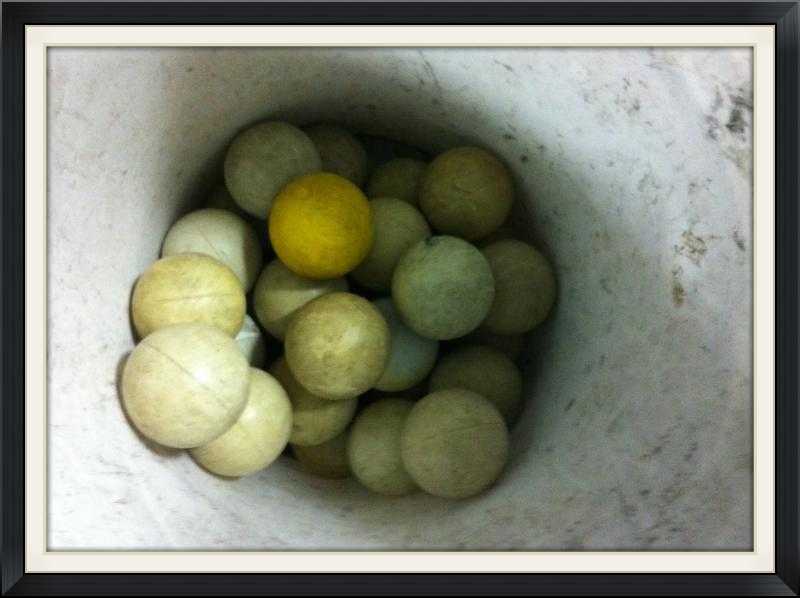MON 18 SEP 2017 | PAUL OHANIAN | FUEL
Featured in US Lacrosse
From the commonly misconstrued to the outright false, US Lacrosse Magazine goes “Myth Busters” mode in our September/October edition. Don’t get the mag? Join US Lacrosse today to start your subscription.
“All lacrosse balls are the same.”
That might be the perception, but as we all know, outward appearances can be deceiving.
To start, any ball that you are using must meet a performance standard established by NOCSAE, the National Operating Committee on Standards for Athletic Equipment. The words “Meets NOCSAE Standard” must be visible on the ball itself.
Adherence to the standard is a matter of quality control, and indicates that the properties of the ball (weight, density, size, etc.) conform to the standard. Consumers should be aware that cheaper balls that do not meet the standard are still available in the marketplace.
“There’s no guarantee of safety for balls that don’t meet the NOCSAE standard,” said Bruce Griffin, director of the Center for Sport Science at US Lacrosse. “Don’t be fooled.”
Previously, the NOCSAE standard allowed a range of pressure from 110 to 210 pounds to reduce the diameter of a ball by 25 percent. The revised standard, effective June 2017, limits that range to between 115 to 150 pounds.
“It has the same weight and the same bounce, but the balls built to the new NOCSAE standard have up to a 40-percent reduction in the transfer of energy, making it a safer ball,” Griffin said.
Traditionally, lacrosse balls have been made from vulcanized rubber filled with oils and plasticizers to make them soft. Over time, the chemical plasticizers separate from the rubber and leach to the surface, creating the slickness as well as hardening of the overall ball. These balls are commonly called “greasers” in the sport.....
